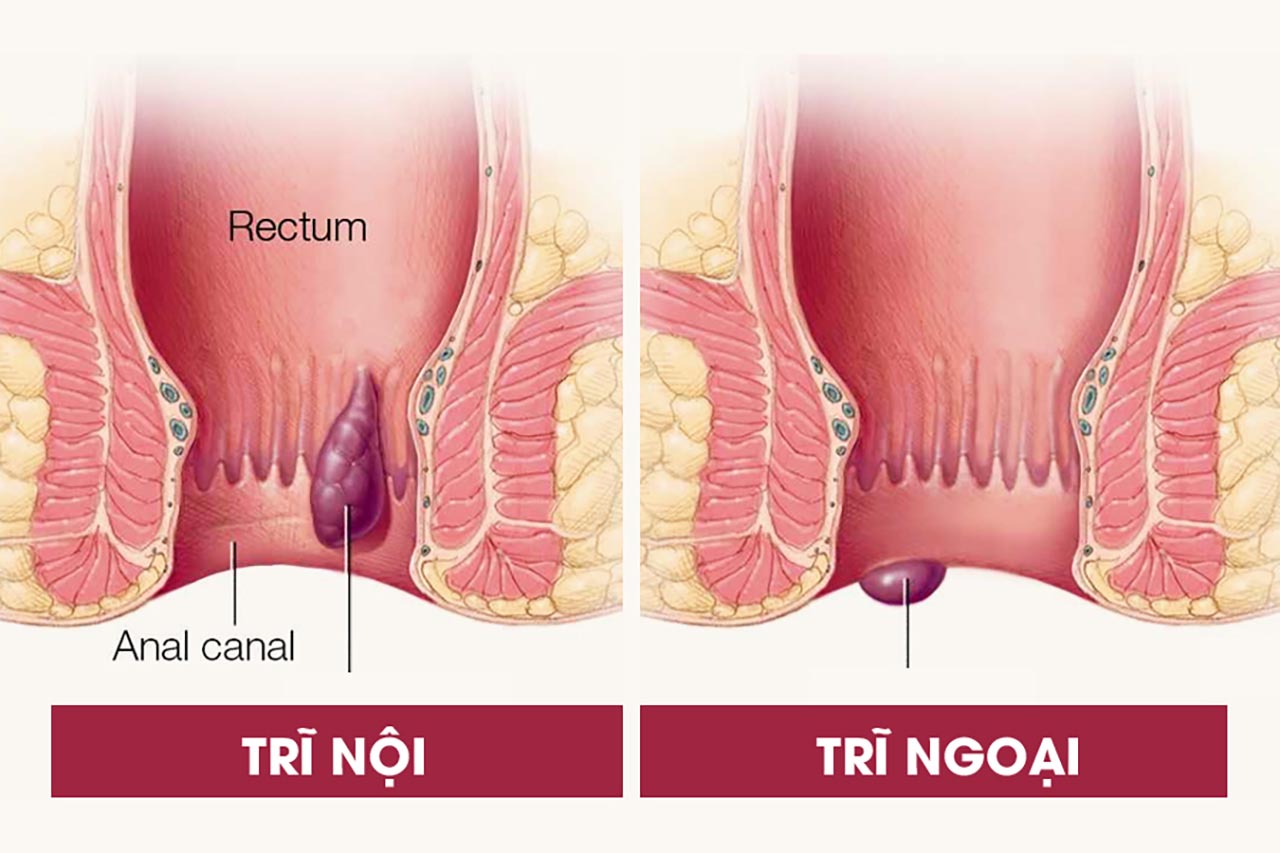The field of medicine in 2017 has made many progress, such as finding new cures for cancer, hepatitis C, insomnia… or success in head transplant, organ transplant. . Let’s take a look back at what scientists have accomplished in 2017.
1. Successfully developed new drug to treat hepatitis C
Previously, the treatment of hepatitis C was only about 65% effective, but now it can be 99% with new generation drugs and shortened treatment time.
Scientists have discovered a single cell in the human body capable of recognizing hepatitis C, which could be extremely important in the development of a vaccine or cure for hepatitis C. In August 2017, the FDA approved a new drug for the treatment of hepatitis C called “Mavyret” (generic names: glecaprevir and pibrentasvir) for an 8-week course for patients with or without cirrhosis or liver-related diseases.
2. New advances in cancer treatment.
The US Food and Drug Administration (FDA) has officially approved Novartis pharmaceutical company’s CAR-T cancer therapy. Considered as living drugs for patients, CAR-T will open a new era in cancer treatment.
CAR-T is immunotherapy for cancer. In it, doctors extract T cells from a patient’s immune system, trying to combine it with a chimeric antigen receptor (CAR).
After forming the CAR-T complex, this drug will be infused back into the patient’s body. The CAR receptor will find and attach it to the target cancer cells. The T cells are thus able to attack the disease, something it was unable to do before, considering cancer cells as a normal part of the body.
Treatment for CAR-T will begin with a blood donation-like procedure. At the hospital, doctors connect the patient’s body to a dialysis machine. When the blood is drawn out, the dialysis machine separates the patient’s white blood cells and places them in a plastic bag.
Technicians who carry plastic bags from hospitals to labs or other facilities have the ability to incorporate the CAR receptor into T cells. Usually, they do this by using a benign virus, which delivers a fragment genetic code into T cells.
The genetic code then instructs the cell how to “sprout” the CAR receptor. Once this has been achieved, technicians need to incubate millions of copies of CAR-T and repackage them into pills.
The drug is then brought to the hospital, where the cancer patient is waiting to be infused with his own CAR-T cells.
3. Identify mutations related to autism gene.
Scientists at the University of Southern California (USA) recently identified a hotspot for autism-related mutations in a single gene known as TRIO. The scientists hope that this major discovery will be the key to developing a treatment for autism spectrum disorder.
4. Nerlynx điều trị ung thư vú.
The US has approved a new drug for the same form of breast cancer called Nerlynx (generic name: neratinib). The drug is also billed as an amazing 2017 medical breakthrough for patients with early-stage breast cancer and its aim is to further reduce the risk of the cancer coming back.
5. New success in organ transplant research
A recent study by scientists at Harvard University has opened up the prospect of using pig organs for transplantation into humans.
Specifically, Professor George Church and colleagues at Harvard University used advanced genetic editing technology called Crispr to remove the genetic code of the virus present in pig embryos.
The edited embryos will be transplanted into a sow and they will still develop healthy. This is an important milestone in the search for a way to replace animal organs in place of humans.
Although in the past, medicine has applied the use of pig tissue to replace humans such as heart valves in heart surgery, corneal transplants … But more than that, scientists believe, if pig internal organs are replaceable human will end the current shortage of organ supplies.
6. Head transplant surgery
Surgeon expert Sergio Canavero has become famous for announcing that he will perform the first human head transplant. And he thinks the successful tests show that his plan will work.
The successful implementation of the corpse shows that the techniques the expert has recently developed to reconnect the spine, nerves and blood vessels will allow the two bodies to work together. The goal of completing the surgery within 18 hours set by the team itself was successful.
Professor Canavero is also famous for his controversial claims about this first human head transplant. He said that in the course of 18 hours, experts have proven that it is possible to successfully reattach the severed spine, nerves and blood vessels of the head.
He also announced similar surgery on living people will soon take place. The team’s next step was to perform head swaps between brain-dead donors.
















